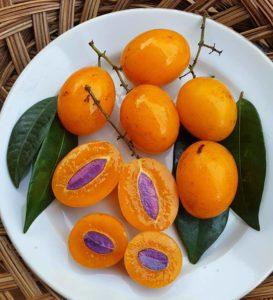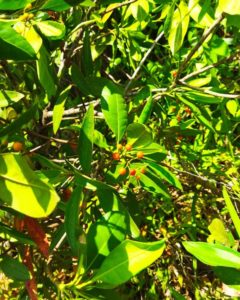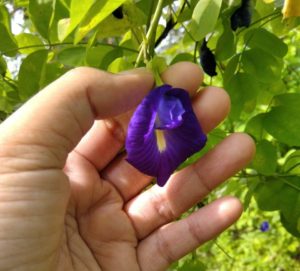- Sarah Zaidan, from Faculty of Pharmacy, Universitas Pancasila, South Jakarta, 12640, Indonesia
- Syamsudin, from Faculty of Pharmacy, Universitas Pancasila, South Jakarta, 12640, Indonesia, Postgraduate Program, Faculty of Pharmacy, Universitas Pancasila, South Jakarta, 12640, Indonesia
- Diah Kartika Pratami, from Faculty of Pharmacy, Universitas Pancasila, South Jakarta, 12640, Indonesia
- Hana Amarani Sastra, from Faculty of Pharmacy, Universitas Pancasila, South Jakarta, 12640, Indonesia
- Fiorintina Sutikno, from Faculty of Pharmacy, Universitas Pancasila, South Jakarta, 12640, Indonesia
- Desi Nadya Aulena, from Faculty of Pharmacy, Universitas Pancasila, South Jakarta, 12640, Indonesia
Abstract
Objective: This research aimed to obtain the antioxidant and antidyslipidemic activity of brown seaweed (S. polycystum) extract in vivo.
Methods: Two tests, such as antioxidant and anti-dyslipidemia, were conducted on the sample animals. Also, the number of Wistar rats was divided into 2 sections which consisted of 6 treatment groups, respectively. The test animals received high-fat feed for 35 d, after which there administered brown seaweed extract for 14 d. An antioxidant test consisting of 6 treatment groups, such as normal, negative, positive control (vitamin E), doses of 50, 100, and 200 mg/kg BW, was conducted in the first group. Meanwhile, the anti-dyslipidemia test consisting of 6 treatment groups, including normal, negative, positive (simvastatin), doses of 50, 100, and 200 mg/kg BW, was carried out in the second group. Hematological and statistical analysis was measured and performed using a 300 micro lab photometer as well as ANOVA, respectively.
Results: The antioxidant test results showed that superoxide dismutase (SOD) activity obtained a percentage increase of 63.41%, 75.01%, and 177.11%, while the dyslipidemia test results showed that after the administration of brown seaweed (S. polycystum) extract at a dose of 200 mg/kg BW, there was a significant difference between the negative controls, with p less than α (0.05), such as total cholesterol (0.000) and triglycerides (0.000). The percentage decrease in total cholesterol levels in the dose group was 31.98%, 41.47%, and 49.45%, with triglyceride levels of 30.65%, 37.78%, and 47.96%, respectively.
Conclusion: Considering these results, it was concluded that brown seaweed extract has an antioxidant activity on SOD parameters as well as an antidyslipidemic activity on total cholesterol and triglyceride parameters. Therefore, the most effective dose in improving the levels of total cholesterol and triglycerides is 200 mg/kg BW.
Keywords: Brown seaweed (Sargassum polycystum), Antioxidant, SOD, High-fat feed, Dyslipidemia, Cholesterol
You can find this article at: https://journals.innovareacademics.in/index.php/ijap/article/view/45654
How to cite:
ZAIDAN, S., SYAMSUDIN, PRATAMI, D. K., SASTRA, H. A., SUTIKNO, F., & AULENA, D. N. (2022). ANTIOXIDANT AND ANTI-DYSLIPIDEMIC ACTIVITY OF BROWN SEAWEED (SARGASSUM POLYCYSTUM) EXTRACT IN RATS FEED WITH HIGH-FAT CONTENT. International Journal of Applied Pharmaceutics, 14(3), 27–30. https://doi.org/10.22159/ijap.2022.v14s3.06



